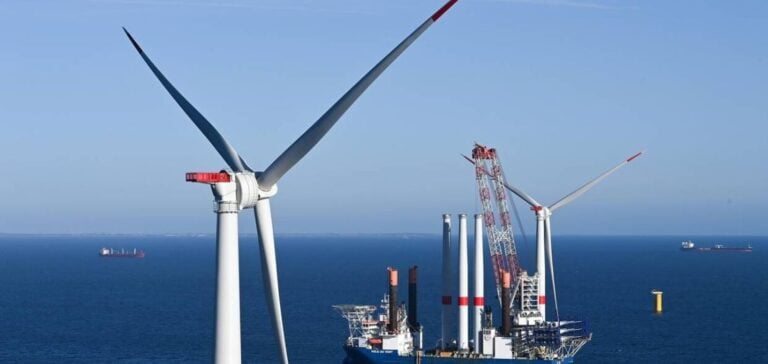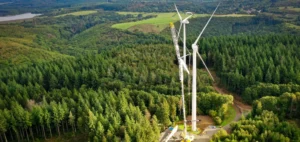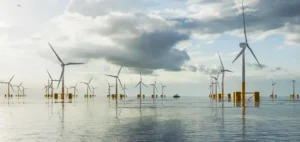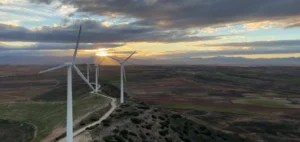Investment in the wind power sector in Europe continues to grow, driven by ambitious energy policies and technological innovations. This dynamic supports the continent’s energy transition.
A significant increase in capital expenditure
In 2023, investment in wind power in Europe reached unprecedented levels. Germany, France and the UK are among the leading countries investing heavily in wind power, both offshore and onshore. Government programs and stable regulatory frameworks have played a key role in this increase. Financial support, in the form of subsidies and tax incentives, makes wind power projects like Octopus Energy’s in England more attractive. Support mechanisms such as feed-in tariffs and contracts for difference ensure sufficient profitability to attract private investors.
Technological advances and cost reduction
Technological advances in wind turbine design and manufacture have reduced production costs and increased energy efficiency. New-generation turbines are larger and more efficient, capturing more wind energy. Major projects such as the Hesselø wind farm in Denmark illustrate this progress. The turbines will be installed in areas optimized by advanced geotechnical studies. In addition, grid infrastructures and energy storage solutions are improving, making it easier to integrate wind power into the power grid.
Challenges and prospects
Despite this growth, challenges remain. Availability of maritime space, environmental concerns and initial costs remain obstacles. However, forecasts point to continued investment growth, underpinned by regulatory frameworks and ongoing technological innovation. Wind power is essential to achieving Europe’s carbon neutrality targets. Current and future projects will enhance energy security and reduce dependence on fossil fuels.






















